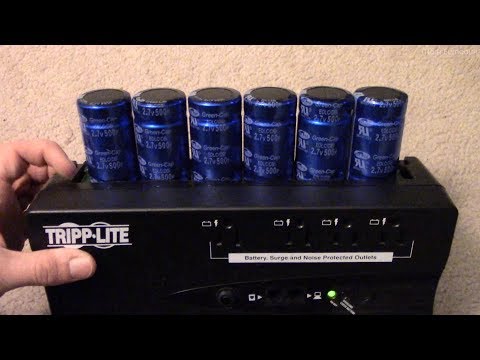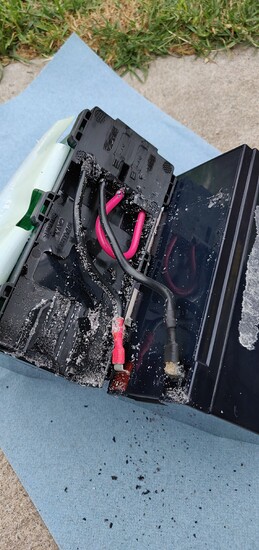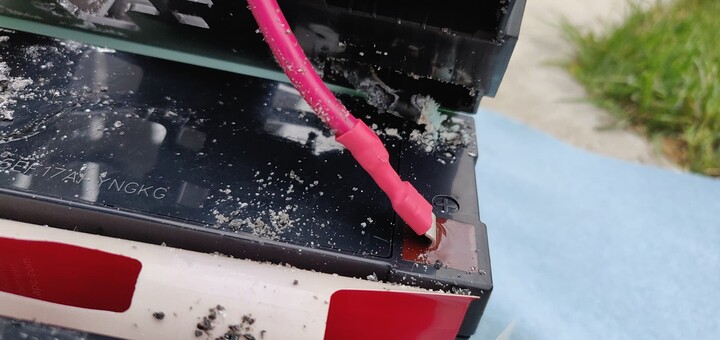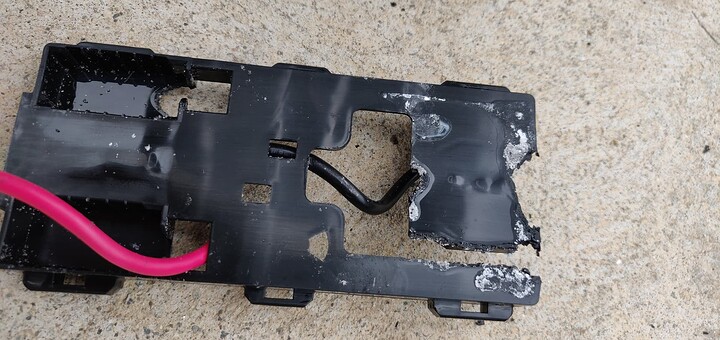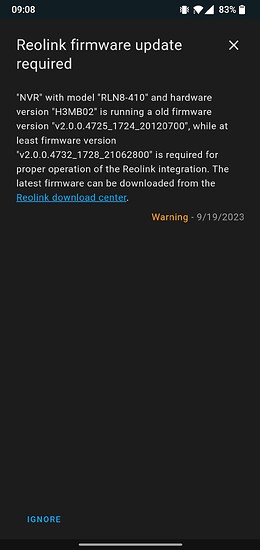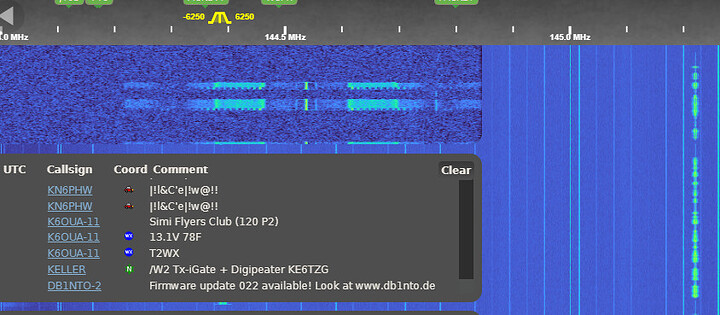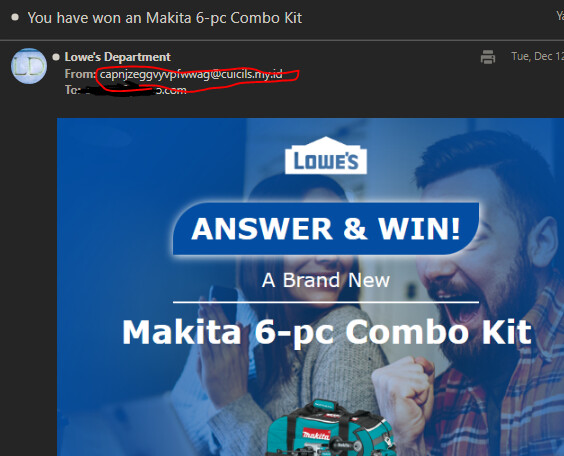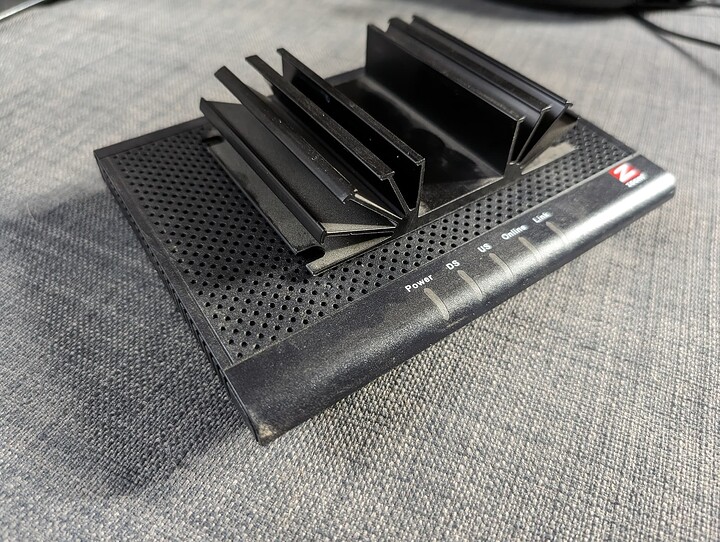Well, rather than just spit explicitives and hate, I’ll try to be more analytical:
It appears to me that consumer APCs are more danger than danger mitigation.
I don’t have hard numbers from business grade units from work, but that shouldn’t count anyhow, that is different hardware and I’m talking about the BestBuy consumer models.
Enter my data: I have two APC brand battery backups. A small 550 and a big 1500
I have the 550 a few years longer. When its first battery degraded (boggles my mind they are designed in a way that allows for such fast degradation) it causes the whole APC to fail- not send alarms, beeps etc and simply not be performant during a power outage, but it BECOMES YOUR POWER OUTAGE.
Later, one of the batteries in the 1500 started to leak, over time the acid literally ate through a part of the conductor and caused an open in the series battery circuit. Same as the 550, this causes total POWER OUTAGE failure.
Enter today, the 550 went down on me yet again, taking out pretty much my entire home network as my 16 port switch, PoE Unifi, various PoE cameras, ISP modem AND pfSense router is all power off of it. BONUS points it borked my UFS formatted pfSense HDD.
I’m about to pull the 550 down and do a post mortem but I’ve become convinced screw all these units. My regions grid has been far more reliable than these APCs, I think my APCs are now 1:1 caused as many power outages as they have buffered me from.
I’d love to do a Mark Furneaux retrofit of supercaps in place of the battery
But his model is different than mine, I don’t think any of the PCB mods would be remotely the same.
I’m at a fork in the road- I’m either going to go APC’less, or have to step up to some higher grade/brand that doesn’t fail in such an ironic state.

